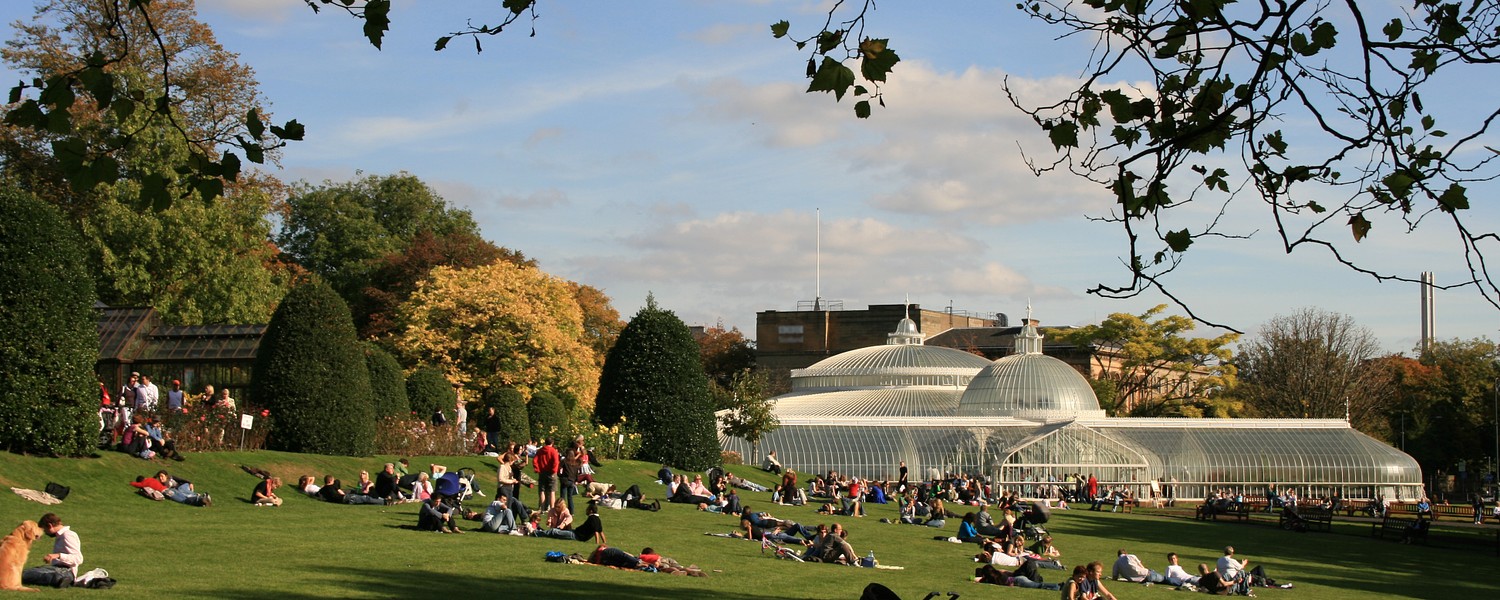
Provided by:
RobertColquhoun/Shutterstock.com

Our travel guides are free to read and explore online. If you want to get your own copy, the full travel guide for this destination is available to you offline* to bring along anywhere or print for your trip.
*this will be downloaded as a PDF.Price
€4,95
The City
The guide was updated:
Glasgow is the largest Scottish city, fourth in the United Kingdom, the Scottish economic capital and, most of all, preserves some of the richest historic heritage in the country.
The city is crossed by the Clyde River, around which the Roman general Gneus Julius Agricola — who played the main role during the Roman conquest of Britain — led the construction of some fortresses in 80 AD. The remains of those can still be seen in modern Glasgow. As the legend goes, hundreds of years later, the Christian missionary Saint Mungo founded the city and built a small wooden church close to Molendinar Burn, which centuries later will turn into the splendid Glasgow Cathedral.
Formally a major industrial and commercial centre, modern Glasgow is a flourishing centre for arts and culture. Over the past couple of decades, it has been named City of Culture, Capital of Sport, UNESCO City of Music and City of Architecture and Design. The latter is, perhaps, partly due to the abundance of unique buildings designed by legendary Scottish architect Charles Rennie Mackintosh that dot the city.
The areas of most interest to visitors are, of course, the City Centre, and the West End, a hip area with some of Glasgow's coolest cafes and bars, also home to the University of Glasgow and the well-known Kelvingrove Museum. West of the city centre, on the banks of the River Clyde, sit the Science Centre and the Riverside Museum, both a must for tourists.
The city is crossed by the Clyde River, around which the Roman general Gneus Julius Agricola — who played the main role during the Roman conquest of Britain — led the construction of some fortresses in 80 AD. The remains of those can still be seen in modern Glasgow. As the legend goes, hundreds of years later, the Christian missionary Saint Mungo founded the city and built a small wooden church close to Molendinar Burn, which centuries later will turn into the splendid Glasgow Cathedral.
Formally a major industrial and commercial centre, modern Glasgow is a flourishing centre for arts and culture. Over the past couple of decades, it has been named City of Culture, Capital of Sport, UNESCO City of Music and City of Architecture and Design. The latter is, perhaps, partly due to the abundance of unique buildings designed by legendary Scottish architect Charles Rennie Mackintosh that dot the city.
The areas of most interest to visitors are, of course, the City Centre, and the West End, a hip area with some of Glasgow's coolest cafes and bars, also home to the University of Glasgow and the well-known Kelvingrove Museum. West of the city centre, on the banks of the River Clyde, sit the Science Centre and the Riverside Museum, both a must for tourists.


